Even if you are a computer tech, new computer terminology can be confusing. In previous articles we have explained On-Prem, Virtual Machines and most recently Containers, but this article will explain them in non-technical terms.
This is the second in our two part plain english series on the Evolution of Computing. Part one explains On-Prem vs SaaS vs IaaS vs PaaS.
What is Stand-Alone Computing?
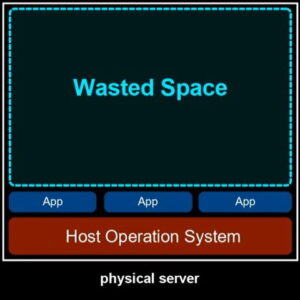 In the 1990’s there was only one kind of computer, yours. That on-prem (aka. on-premise) box would run a single operating system. To avoid having your expensive computer become obsolete too quickly it was very normal to over spec the hardware and buy much more than you needed. There was a vast amount of unused hard drive space, memory and CPU cycles.
In the 1990’s there was only one kind of computer, yours. That on-prem (aka. on-premise) box would run a single operating system. To avoid having your expensive computer become obsolete too quickly it was very normal to over spec the hardware and buy much more than you needed. There was a vast amount of unused hard drive space, memory and CPU cycles.
.
What is a Virtual Machine?
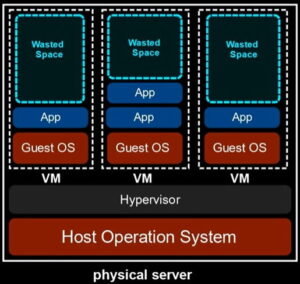 One way to reduce the amount of waisted computing power in a single physical computer is to have more than one operating system running on it at the same time. A Virtual Machine (aka. VM) is simply a full operating system that is running on top of a host computer. It is common for a single physical computer, to host 5 or more independent virtual machines. Each VM will have its own operating system and have no idea that there are more than one full operating system on the same hardware (aka. host). These VM’s are sharing the underlying physical hardware and in sophisticated corporate configurations, VM’s can easily be moved from one host computer to another without even shutting down the VM’s, which is why they became so popular by 2010.
One way to reduce the amount of waisted computing power in a single physical computer is to have more than one operating system running on it at the same time. A Virtual Machine (aka. VM) is simply a full operating system that is running on top of a host computer. It is common for a single physical computer, to host 5 or more independent virtual machines. Each VM will have its own operating system and have no idea that there are more than one full operating system on the same hardware (aka. host). These VM’s are sharing the underlying physical hardware and in sophisticated corporate configurations, VM’s can easily be moved from one host computer to another without even shutting down the VM’s, which is why they became so popular by 2010.
Did you know that your home computer is likely to be capable of running several virtual machines right now?
What is a Container?
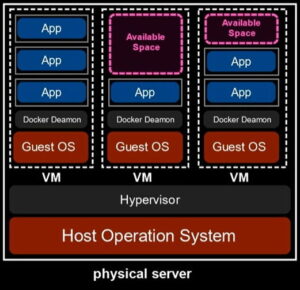 You know how Virtual Machines are just operating systems that share the same physical hardware? Well, why not abstract and share the underlying operating system too? That is what a Container is. Many Containers can be running on a single Virtual Machine at the same time. Think of Containers as programs you can see and work on without any direct access to the underlying operating system or the physical hardware. Containers became popular in the late 2010’s as the popularity cloud computing at Amazon, Microsoft and Google soared, because it really keeps the costs down.
You know how Virtual Machines are just operating systems that share the same physical hardware? Well, why not abstract and share the underlying operating system too? That is what a Container is. Many Containers can be running on a single Virtual Machine at the same time. Think of Containers as programs you can see and work on without any direct access to the underlying operating system or the physical hardware. Containers became popular in the late 2010’s as the popularity cloud computing at Amazon, Microsoft and Google soared, because it really keeps the costs down.
What is a Function?
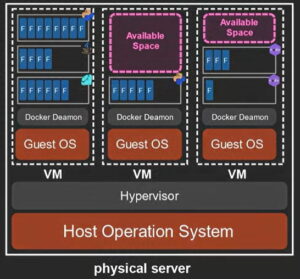 Functions became a reality in the early 2020’s and are simply small chunks of code. Developers and users can call a Function but they cannot see the overall program, the operating system, or the physical hardware. Functions are the least expensive of all.
Functions became a reality in the early 2020’s and are simply small chunks of code. Developers and users can call a Function but they cannot see the overall program, the operating system, or the physical hardware. Functions are the least expensive of all.
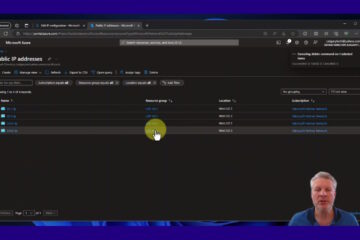


0 Comments